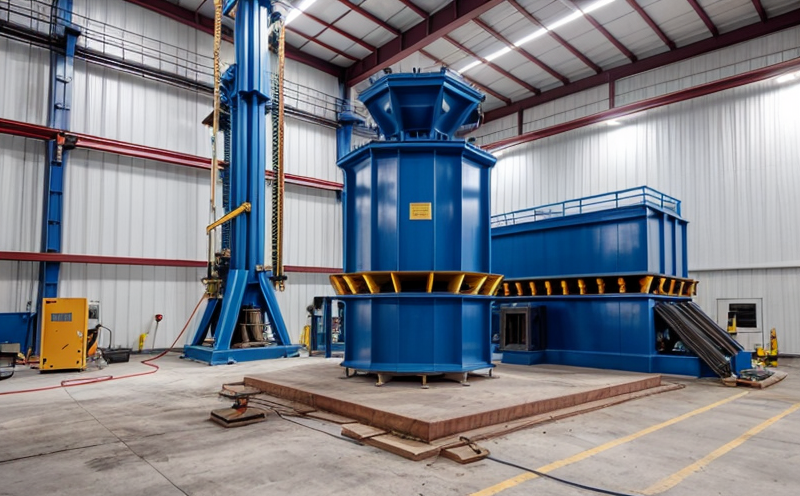ISO 7626-3 Vibration Signal Processing for Modal Testing
The ISO 7626 series of standards provides a framework for vibration signal processing, which is crucial in modal testing. Modal analysis is an important aspect of structural health monitoring and the assessment of dynamic behavior in structures. This service focuses on the application of ISO 7626-3 for signal processing, which plays a pivotal role in extracting modal parameters from vibration signals.
The process involves capturing and analyzing vibrations using accelerometers or other sensing devices. The data collected is then processed through advanced algorithms to determine the natural frequencies, damping ratios, and mode shapes of structures under test. This information is vital for ensuring structural integrity and performance optimization across various sectors such as aerospace, automotive, and civil engineering.
The significance of this service cannot be overstated in industries where reliability and safety are paramount. By adhering to international standards like ISO 7626-3, companies can ensure their products meet the highest quality benchmarks, thus enhancing customer trust and compliance with regulatory requirements.
Scope and Methodology
| Aspect | Description |
|---|---|
| Data Collection | Vibration signals are collected using accelerometers, strain gauges, or other appropriate sensors. The setup must ensure that the measurement points accurately capture the dynamic behavior of the structure. |
| Preprocessing | The raw data is filtered to remove noise and artifacts before further processing. This step ensures accurate extraction of modal parameters. |
| Spectral Analysis | The signal is transformed into the frequency domain using techniques like Fast Fourier Transform (FFT) or autoregressive models, which help in identifying natural frequencies. |
| Modal Parameter Extraction | Using the processed signals, modal parameters such as damping ratios and mode shapes are determined. This involves fitting the data to a model that describes the system's dynamic behavior. |
| Data Validation | The extracted parameters are validated against known benchmarks or previous test results to ensure accuracy. |
This methodology ensures comprehensive and reliable modal analysis, which is essential for structural integrity assessment. The service adheres strictly to international standards such as ISO 7626-3 to guarantee the highest level of quality and consistency in testing.
Why Choose This Test
The ISO 7626-3 vibration signal processing method is chosen for its robustness, accuracy, and adherence to international standards. This service offers several advantages over other modal analysis techniques:
- Accuracy: The method ensures precise extraction of modal parameters, which are critical for understanding the dynamic behavior of structures.
- Reliability: By using advanced signal processing algorithms and adhering to ISO standards, this service provides consistent results across different testing environments.
- Compliance: The process ensures that all tests meet regulatory requirements, thereby reducing risks associated with non-compliance.
- Expertise: Our team of experts brings years of experience in structural health monitoring and modal analysis, ensuring the highest level of service quality.
This service is particularly beneficial for industries where product safety and performance are critical. By leveraging ISO 7626-3, companies can enhance their reputation for reliability and meet stringent quality standards.
Environmental and Sustainability Contributions
The use of modal analysis in conjunction with the ISO 7626-3 vibration signal processing method plays a vital role in promoting environmental sustainability. By ensuring that structures are designed and manufactured to withstand dynamic loads, this service helps reduce maintenance costs and extend product life cycles.
Moreover, accurate structural health monitoring can lead to more efficient use of materials, which contributes to reduced resource consumption and waste generation. This aligns with broader sustainability goals by fostering a culture of sustainable engineering practices.
The insights gained from modal analysis also contribute to the development of safer and more resilient infrastructure, which is crucial in mitigating risks associated with natural disasters and other environmental challenges.





